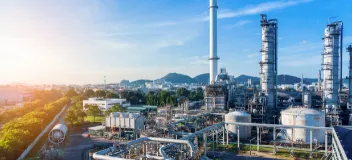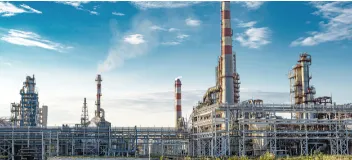Leading the way to a low-carbon future
The energy transition is transforming the world at a rapid pace, making it essential to continually evaluate new technologies and methodologiess for their safety and environmental impact.
Key contributors in steering us towards a greener future include energy carriers such as ammonia and hydrogen, along with cutting-edge technologies like carbon capture, utilization, and storage (CCUS). However, these come with unique safety and environmental concerns.
To navigate these challenges, DNV’s consequence and risk solutions, Phast, Safeti, KFX and EXSIM, simulate the behaviour of various materials, including ammonia, carbon dioxide, and hydrogen, providing a vital step in a creating a safer, low-carbon future.





